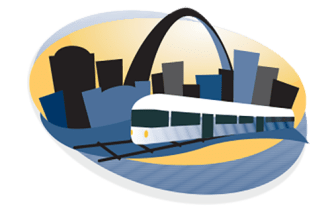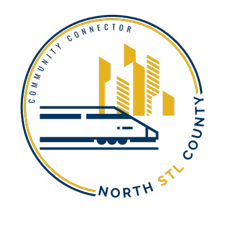MODIFIED CITY OF ST. LOUIS ALIGNMENT
A lot has changed since the Northside-Southside locally preferred alternative for the City of St. Louis was approved in 2018. That’s why it is being revisited in 2023.
- COVID impacted travel patterns:
- More telework and fewer commuters overall
- Transit resiliency in key Northside-Southside neighborhoods
- New growth centers in Downtown West and Midtown
- Streamlined alignment fosters opportunity for North St. Louis County expansion:
- Faster travel times
- Reduces downtown conflicts and impacts
- Offsets construction cost escalation
NEW 2023 ALIGNMENT MAP
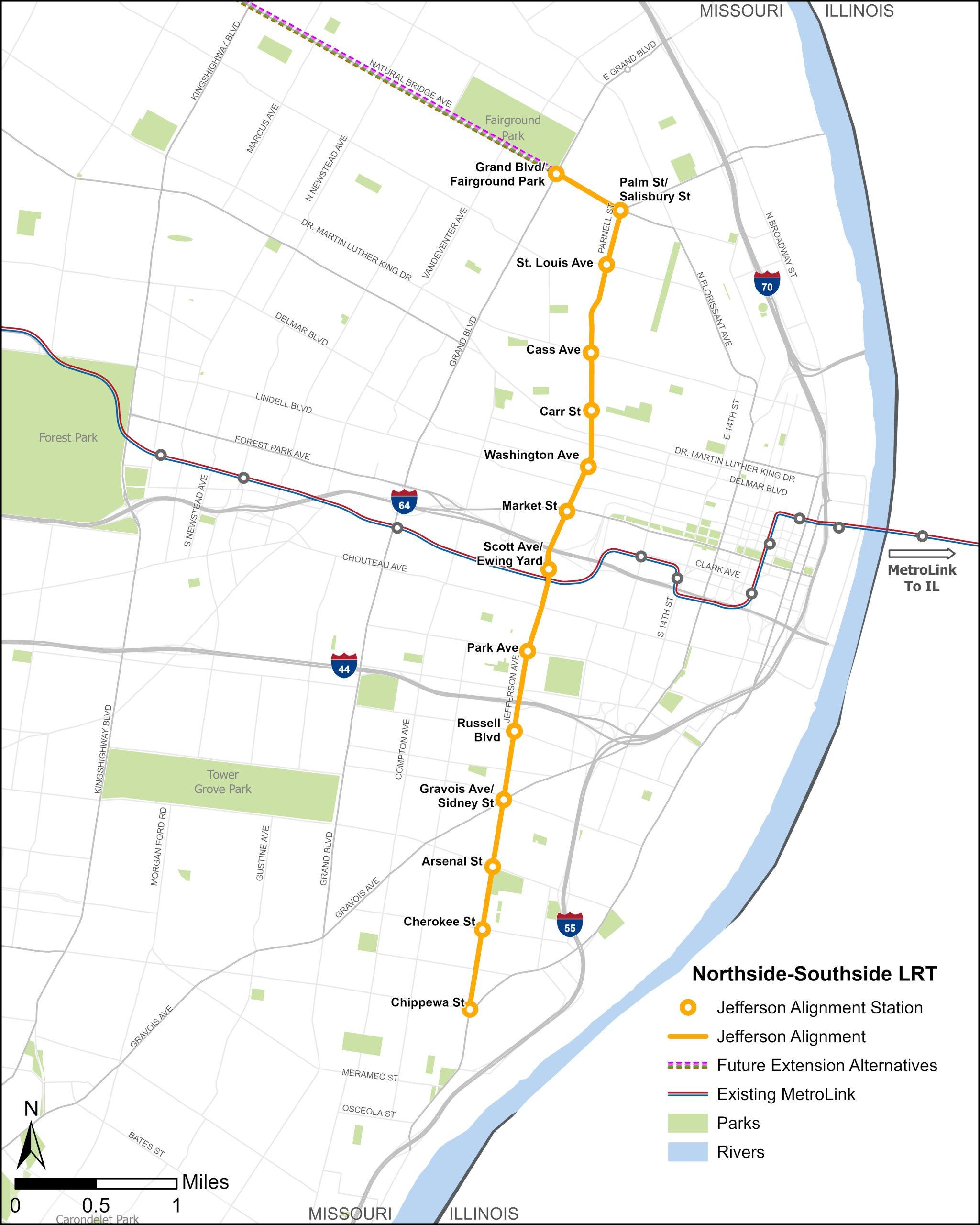
2018 ALIGNMENT

The 2023 updated extension, called the Jefferson Alignment, travels completely along Jefferson from Fairground Park on the north to Chippewa on the south. It includes about 14 stations and would connect to the existing Red/Blue MetroLink lines at a new Red/Blue Transfer Station near Jefferson Avenue. Streamlining the alignment will provide faster travel times, reduce downtown conflicts and impacts (such as sharp turns and stations) and offset increasing costs.
JEFFERSON ALIGNMENT IS AT THE 15% DESIGN PHASE
This phase includes determining cost and ridership estimates. At 15% design, this is still a locally controlled process and thus modifications can be incorporated such as what is now called the Jefferson Alignment.”
JEFFERSON ALIGNMENT WILL PROVIDE IMPROVED TRANSIT SERVICE
- 5.6-mile corridor, serving approximately 14 stations
- Operates 5 AM – 1 AM, seven days a week
- Faster, more reliable, and comfortable transit service for existing Route 4 and Route 11 riders
NS-SS JEFFERSON ALIGNMENT |
Exsiting Bus Service |
|
|---|---|---|
| Grand to Chippewa Travel Time | 20-25 minutes | 30-40 minutes w/transfer |
| Frequency | 10-20 minutes | 20-30 minutes |
| Average wait time | 5-10 minutes | 10-15 minutes |
| Passenger Amenities | Safe crossings, seating, ticketing, and weather protection at all stations | Limited passenger amenities at select stops |
Residents Need Transit
Many parts of the Jefferson Alignment have the highest rates of transit use in the region. Many residents do not have reliable access to a vehicle and rely on transit to get to work and/or school.
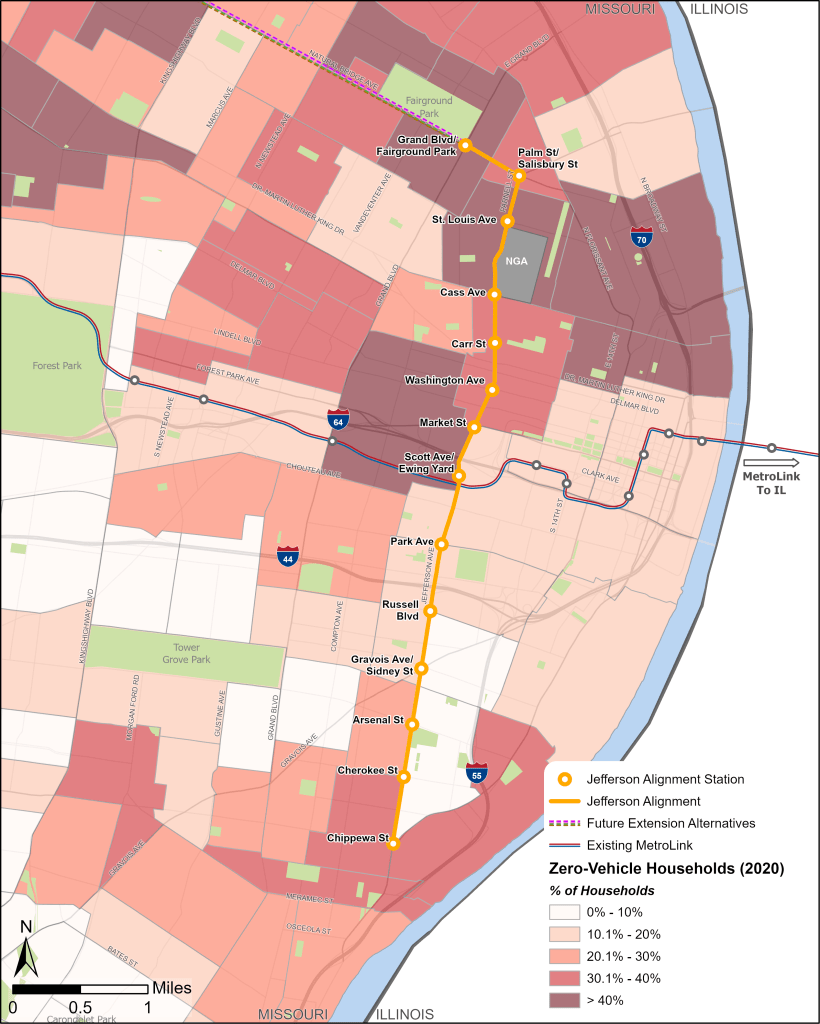
Jobs Need Employees
The central portion of the Study Area, which includes Downtown St. Louis, has the highest employment density in the region. The Jefferson Alignment would provide better access to new jobs associated with the Major League Soccer stadium, NGA West campus and Ponce Health Sciences University.
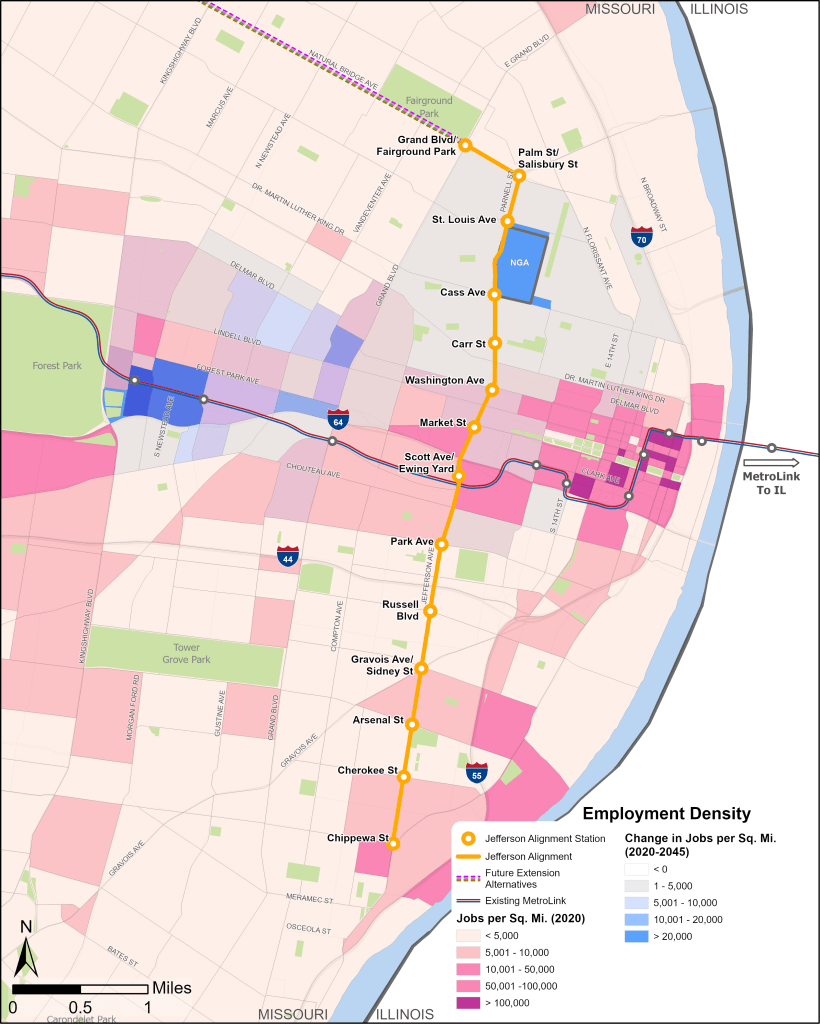
LIGHT RAIL CAN HELP PRESERVE AND STABILIZE ST. LOUIS’ UNIQUE NEIGHBORHOODS
Cohesive Transit Oriented Development and Affordable Housing Policies
- 13% of all existing housing units near stations are legally binding affordable housing
- 17% of all current affordable housing units City-wide are within walking distance of a station.
Leverage improvements for neighborhood safety and security
- Traffic calming, pedestrian crossing and other safety improvements
- Station lighting, increased foot traffic, and infill of vacant buildings
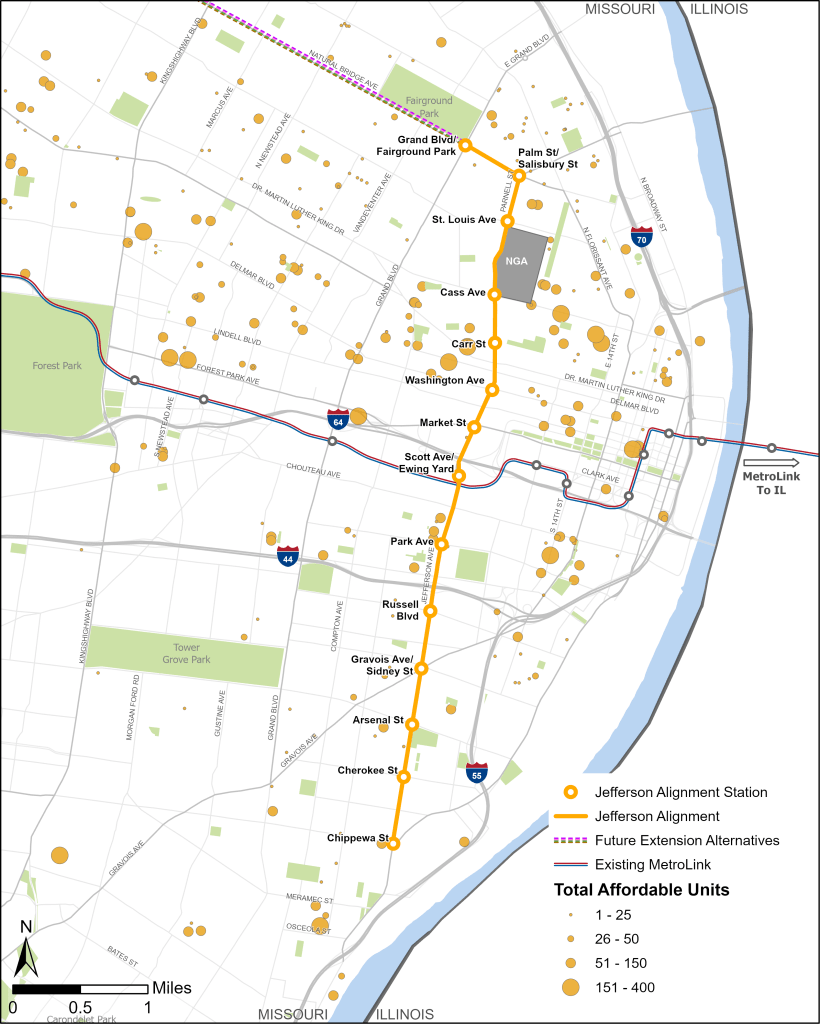
We need a competitive and community-supported project
FEDERAL FUNDING
Most public transit projects in the U.S. compete for federal construction funding through the Federal Transit Administration (FTA) New Starts program. The program is competitive and awards up to 60% of the project’s capital costs (typically 50% of project costs).
LOCAL FINANCIAL COMMITMENT
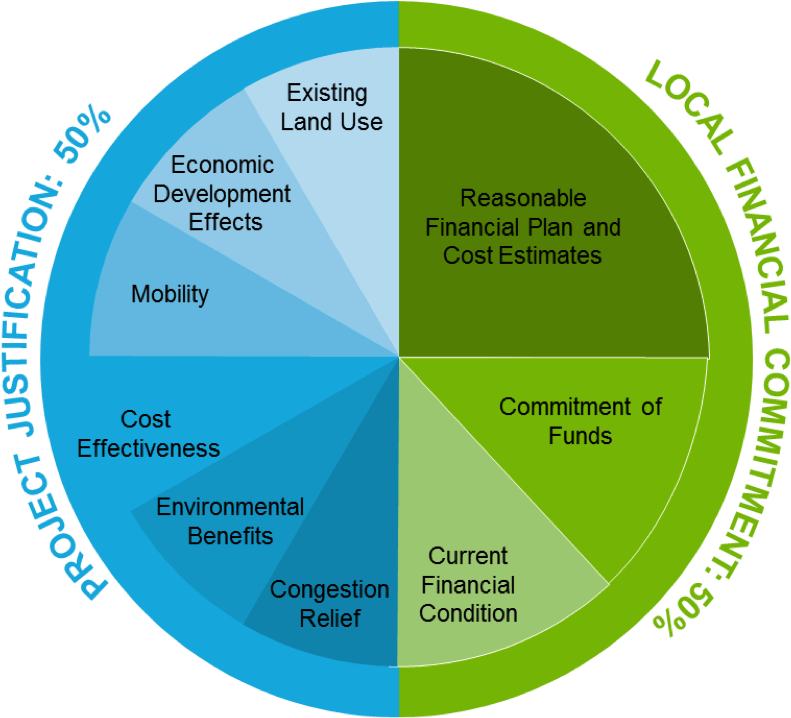
Federal Transit Administration’s New Starts Criteria
Fifty percent (50%) of the New Starts criteria is local financial commitment, commonly known as local match. This includes a reasonable financial plan and cost estimates, commitment of funds for construction and operation, and current financial situation. Thanks to Proposition 1 in St. Louis City, Northside-Southside’s local match includes an estimated $350 million for capital costs.
PROJECT JUSTIFICATION CRITERIA
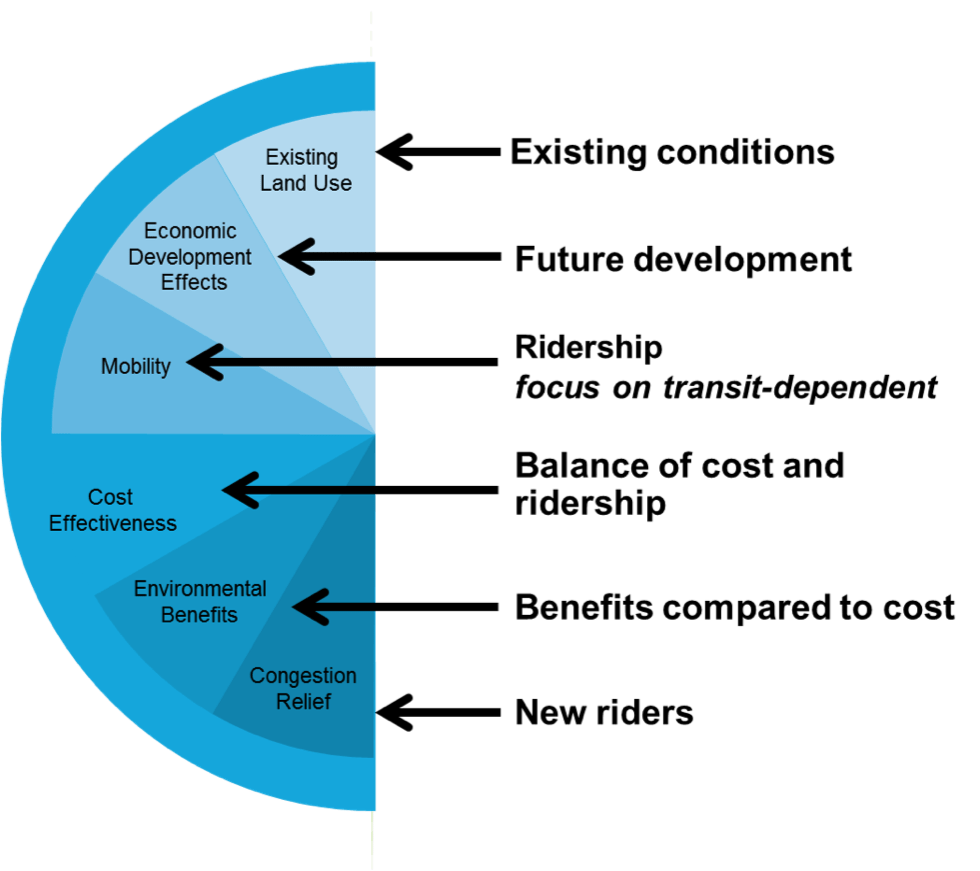
The other 50% of the criteria is project justification, or how the project would benefit the community. This is a combination of community need and light rail and development benefits. All competing public transit projects use the same justification criteria.
In order to qualify for federal funding a project must receive at least a MEDIUM rating for both Local Financial Commitment and Project Justification.
Existing conditions – What is the project area like now?
Economic development – What plans, policies and development market will allow light rail to shape the community and region?
Mobility – How many people will use Jefferson Alignment, especially those who do not have access to a car or cannot drive?
Cost-effectiveness – What is the cost in relation to the benefits?
Environmental benefits – How would light rail improve the area and quality of life?
Congestion relief – How much will Jefferson Alignment improve air quality, greenhouse gas emissions, energy consumption and safety?
PROJECT TIMELINE – JEFFERSON ALIGNMENT
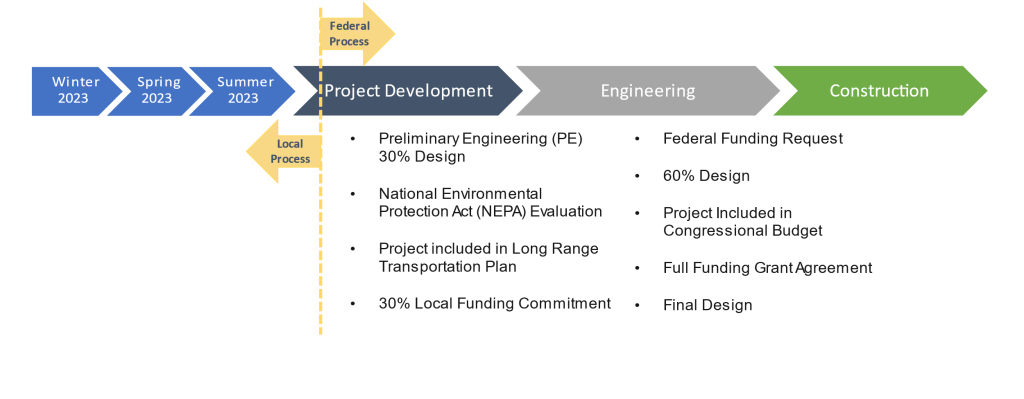
Now we need your feedback on the modified Jefferson Alignment.
Take our survey before May 15, 2023.
